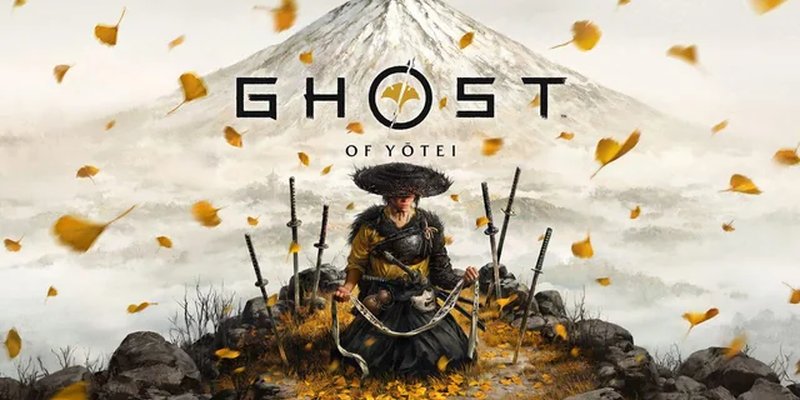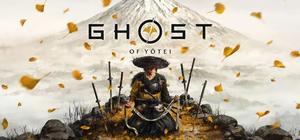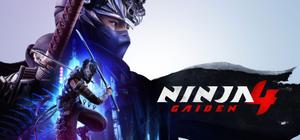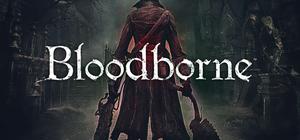Forget Everything You Knew About Tsushima's Combat
Remember the clean, precise duels of Ghost of Tsushima? The zen-like focus of switching stances to counter the perfect foe? It was awesome. Now, take that memory, thank it for its service, and get ready for something completely different. Sucker Punch isn't just tweaking the formula for its sequel, Ghost of Yotei; they're tossing out the rulebook and handing us the keys to an entire armory. Things are about to get messy, in the best way possible.
The core idea is simple but revolutionary. While the first game made you a master of a single blade, Ghost of Yotei wants to make you a master of everything. The new protagonist, Atsu, is described as a “walking arsenal,” and that’s not just marketing fluff. It’s a fundamental shift in design that prioritizes player freedom and a much more dynamic, brutal style of combat.
From One Blade to an Entire Rack
In Ghost of Tsushima, combat was a deadly dance built around four katana stances. Think of it like a master chef who could do anything with a single, perfect knife. For Ghost of Yotei, Sucker Punch has given that chef an entire kitchen. The old “rock-paper-scissors” of stances is being replaced by a much more intuitive “weapon-paper-scissors” system.
Atsu has access to five distinct melee weapon types, and you can switch between them on the fly:
- The Katana: The classic, balanced blade we know and love.
- The Spear: For keeping enemies at a distance and managing crowds.
- The Kusarigama: A wicked chain and sickle for unpredictable, ranged melee attacks.
- The Odachi: A massive, two-handed sword that likely trades speed for pure, staggering power.
- Dual Wield Swords: For a flurry of rapid, close-quarters strikes.
Instead of switching your stance to deal with a shielded enemy, you'll switch your weapon. Maybe you’ll use the Odachi to break their guard, the spear to poke from a safe distance, or the kusarigama to trip them up. The strategy is no longer in your posture; it’s in the steel you choose to draw.
Getting Your Hands Dirty
But it's not just about more swords. The entire toolkit is getting a massive upgrade. Alongside your bow, you’ll now have access to an early firearm, which completely changes the ranged game. Add in bombs, kunai, and blinding powder, and you've got a solution for nearly any problem. It’s less like a samurai duel and more like Batman’s utility belt, if Batman had a thing for feudal Japan.
A new mechanic called “dirty dueling” emphasizes this gritty new reality. With precise timing, you can disarm opponents, turning their own aggression against them. This suggests a system that rewards timing and precision over just mashing buttons. And for fans of the original, don’t worry: the iconic Standoffs are confirmed to return, so you can still challenge your enemies to that pre-battle moment of high tension.
A Cocktail of the Genre's Best Ideas
What makes Yotei’s combat sound so exciting is how it seems to be borrowing and blending ideas from the best in the business. It’s like Sucker Punch took a shopping trip through the greatest action games of the last decade.
The fluid, mid-combat weapon switching feels pulled straight from character action titles like God of War or Devil May Cry, where creating stylish, multi-weapon combos is the name of the game. The emphasis on specific weapons countering specific enemies, along with the precise “dirty dueling,” has a distinct whiff of FromSoftware’s work, particularly the strategic depth of Nioh and the posture-breaking satisfaction of Sekiro.
By blending these elements with its own cinematic flair, Ghost of Yotei isn't just copying homework; it's creating a new beast entirely. It’s taking the accessible, beautiful world of Tsushima and injecting it with a level of mechanical depth and player expression that could set a new standard.
Fight How You Feel with New Cinematic Modes
Perhaps the most unique feature is how the game lets you tailor the *vibe* of your violence. The fan-favorite Kurosawa Mode is back for that classic black-and-white samurai film aesthetic. But there are two new additions: Everything we’re hearing about points to a combat system built on one thing: . You’re not just a samurai; you're a one-man army with a tool for every occasion. The satisfaction will come from seeing a battlefield, assessing the threats, and flowing seamlessly between weapons and tools to dismantle your foes with your own personal brand of lethality.
- Miike Mode: Inspired by the notoriously gory director Takashi Miike, this mode brings the camera in closer, cranks up the blood and mud, and delivers a raw, visceral experience. It’s designed to make you feel every brutal impact.
- Shinichirō Watanabe Mode: This is the wild card. Named for the director of Samurai Champloo, this mode adds lo-fi beats to the gameplay, potentially tying the very rhythm of combat to the music. It’s an audacious idea that could be incredible.
Conclusion: A New Benchmark for Melee Combat
By giving players this much freedom, backed by stunning visuals and impactful feedback, Sucker Punch isn’t just making a sequel. They're pushing the boundaries of what melee combat can be, creating a dynamic, strategic, and deeply personal experience that could very well be the new high-water mark for the entire genre.






